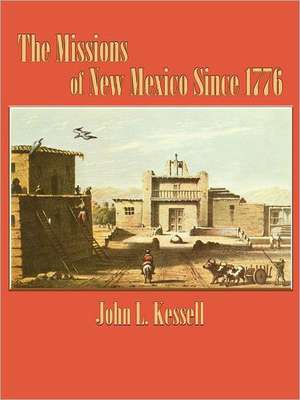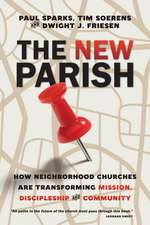The Missions of New Mexico Since 1776
Autor John L. Kessellen Limba Engleză Paperback – 14 mai 2012
Preț: 185.01 lei
Nou
Puncte Express: 278
Preț estimativ în valută:
35.40€ • 37.06$ • 29.47£
35.40€ • 37.06$ • 29.47£
Carte tipărită la comandă
Livrare economică 31 martie-14 aprilie
Preluare comenzi: 021 569.72.76
Specificații
ISBN-13: 9780865348707
ISBN-10: 0865348707
Pagini: 302
Dimensiuni: 210 x 279 x 16 mm
Greutate: 0.69 kg
Editura: Sunstone Press
ISBN-10: 0865348707
Pagini: 302
Dimensiuni: 210 x 279 x 16 mm
Greutate: 0.69 kg
Editura: Sunstone Press
Descriere
In New MexicoNstill a borderland possession of Spain in 1776Nan unusually keen Franciscan observer, Fray Francisco Atanasio Dominguez, painted an extraordinarily detailed and often unflattering picture of the colony. A single source like no other that reveals life in raw, remote, late-18th-century New Mexico.











